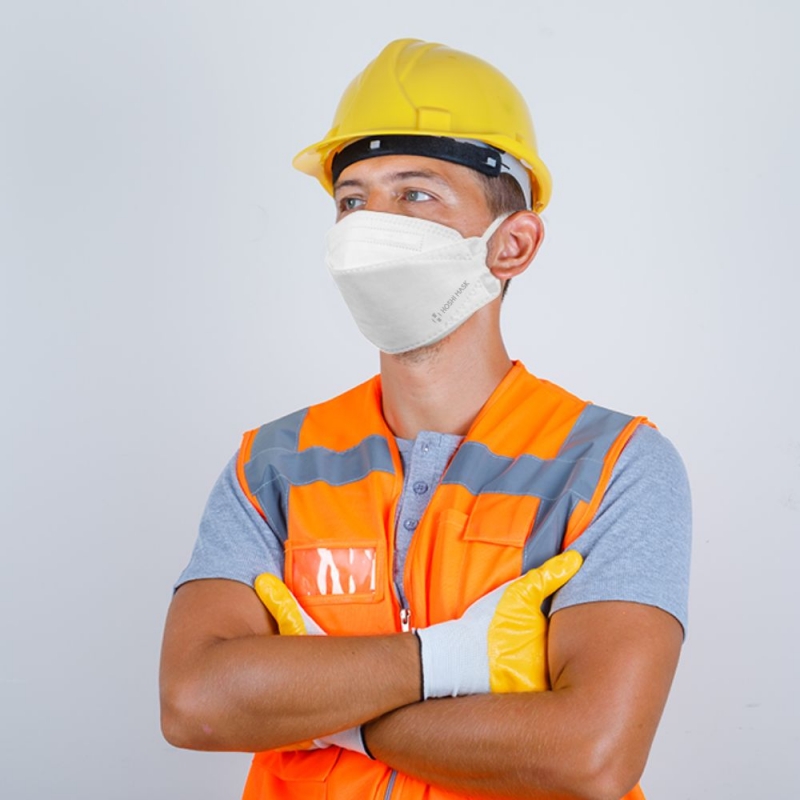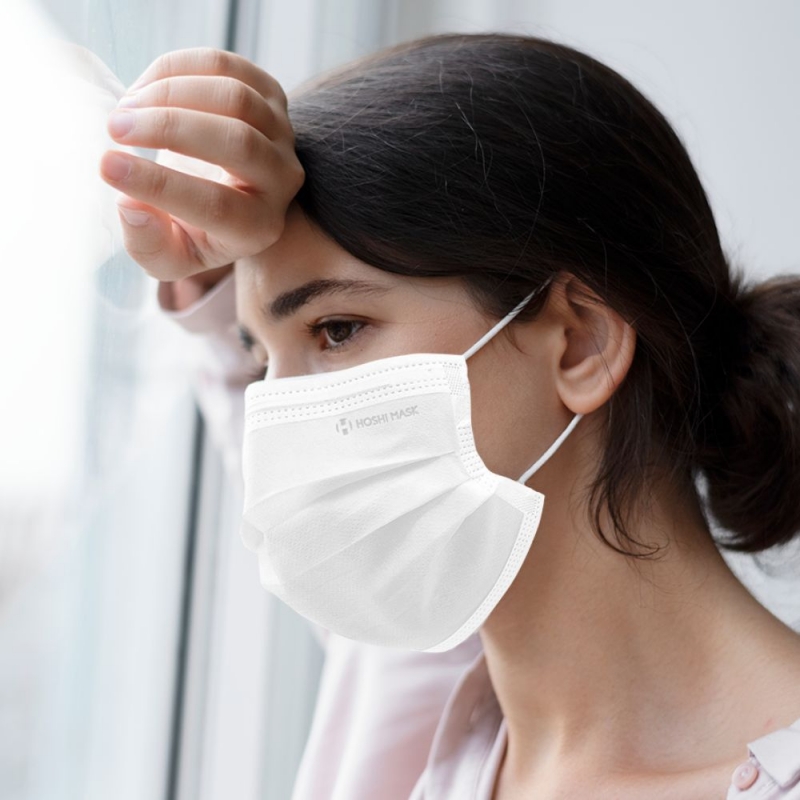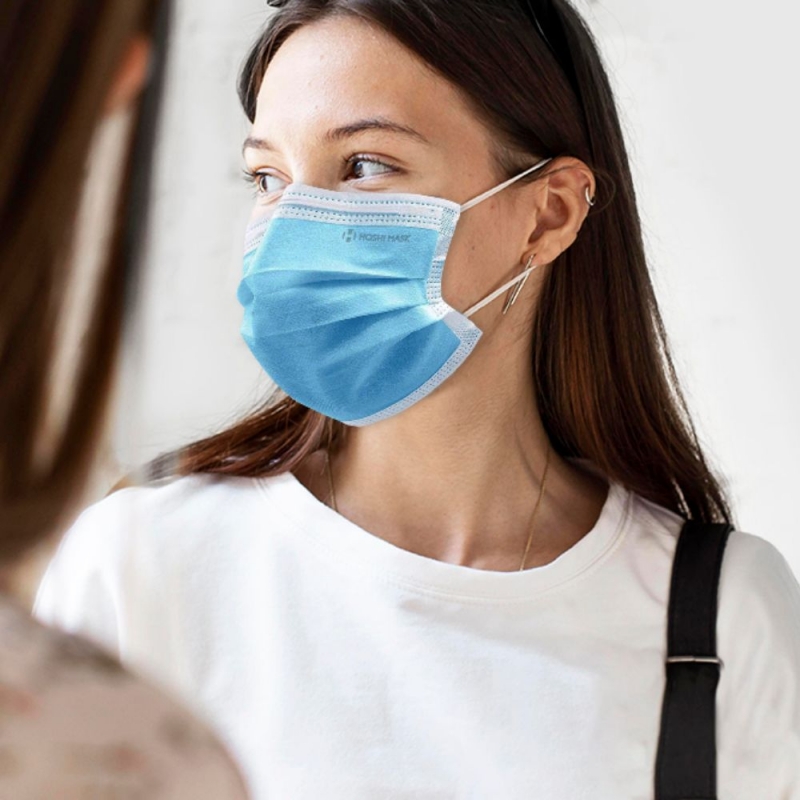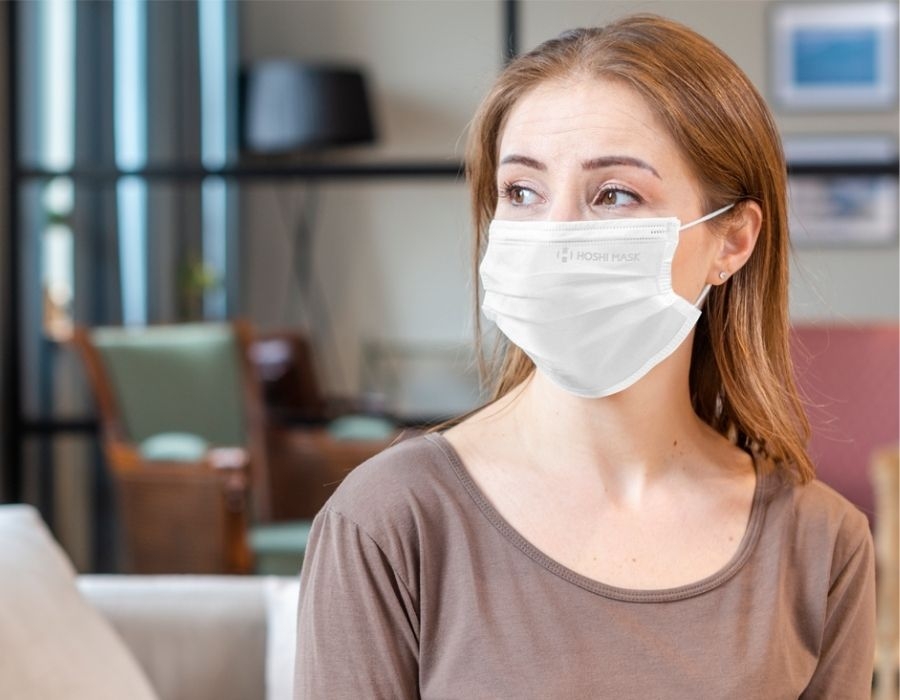How to Use a Face Mask Correctly and safely
Wearing a face mask often helps people feel protected and reassured. But can a surgical face mask keep you from being exposed to or transmitting certain infectious diseases?
And, if face masks do shield you from infectious diseases, such as COVID-19, is there a proper way to answer the question “how to use the face mask correctly and safely?” and tp put them on, take them off, and discard them? Keep reading to find out.
What is a surgical face mask?
A surgical mask is a loose-fitting, disposable mask that’s rectangular in shape. The mask has elastic bands or ties that can be looped behind your ears or tied behind your head to hold it in place. A metal strip may be present at the top of the mask and can be pinched to fit the mask around your nose.
A properly worn three-ply surgical mask may help block transmission of large-particle microorganisms from droplets, sprays, splatters, and splashes. The mask may also reduce the likelihood of hand-to-face contact.
The surgical mask’s three-ply layers work as follows:
- The outer layer repels water, blood, and other body fluids.
- The middle layer filters certain pathogens.
- The inner layer absorbs moisture and sweat from exhaled air.
However, the edges of surgical masks don’t form a tight seal around your nose or mouth. Therefore, they can’t filter out small airborne particles such as those transmitted by coughing or sneezing.
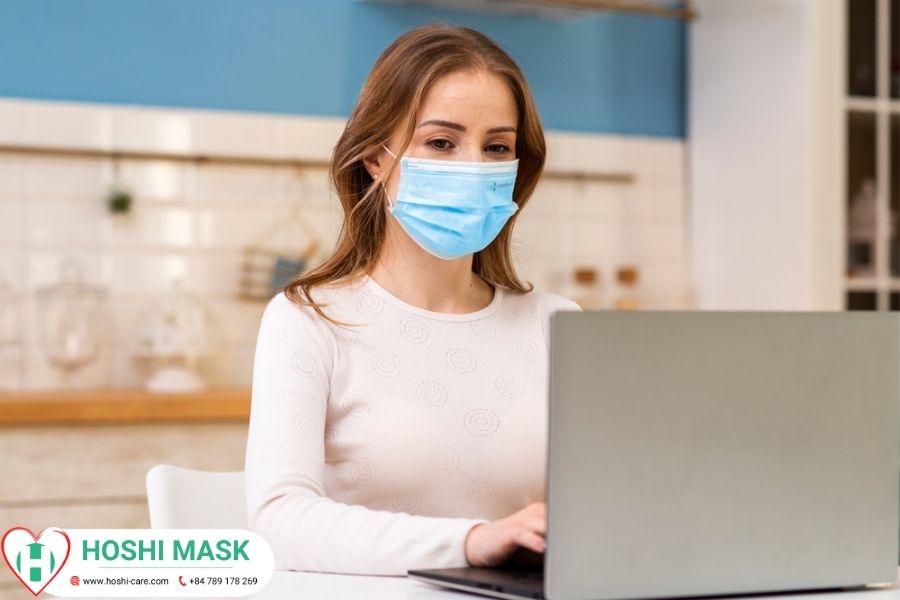
When should you wear a face mask?
The World Health Organization (WHO) recommends using surgical masks only if you:
- have a fever, cough, or other respiratory symptoms
- are well but caring for someone with a respiratory illness — in this case, wear a mask when you’re within 6 feet or closer to the person who is ill
Although a surgical mask helps trap larger respiratory droplets, it can’t protect you from contracting the novel coronavirus, which is known as SARS-CoV-2. That’s because surgical masks:
- don’t filter out smaller airborne particles
- don’t fit snugly on your face, so airborne particles can leak in through the sides of the mask
Some studies have failed to show that surgical masks effectively prevent exposure to infectious diseases in community or public settings.
At present, the Centers for Disease Control and Prevention (CDC) doesn’t recommend that the general public wear surgical masks or N95 respirators to protect from respiratory illnesses like COVID-19. Healthcare providers and first responders need these supplies, and there’s currently a shortage of them.
However, in the case of COVID-19, the CDC does advise the general public to wear cloth face coverings to prevent the spread of the disease. The CDC also provides instructions on how to make your own.
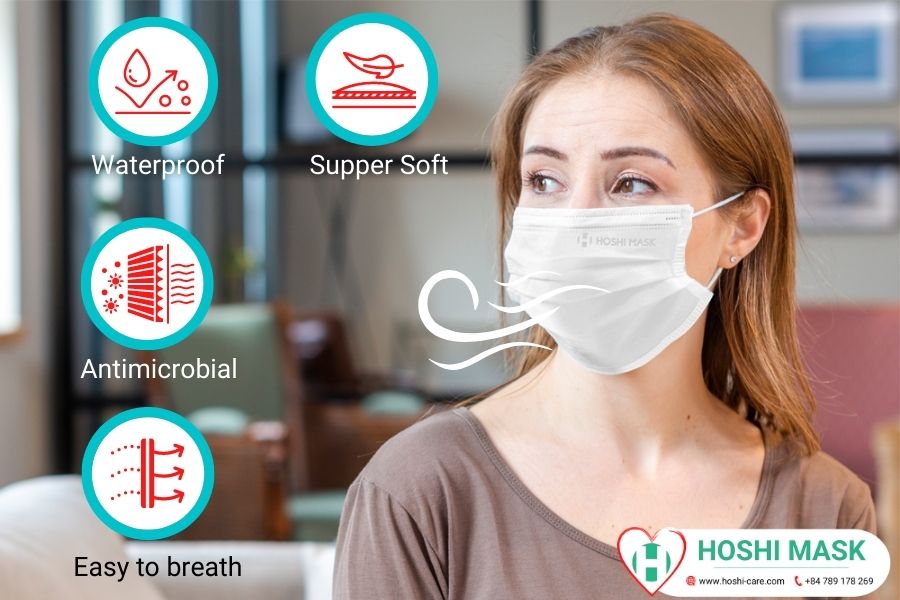
How to put on a surgical mask
If you need to wear a surgical mask, take the following steps to put one on correctly.
Steps to putting on a face mask
- Before putting on the mask, wash your hands for at least 20 seconds with soap and water, or rub your hands together thoroughly with alcohol-based hand sanitizer.
- Check for defects in the face mask, such as tears or broken loops.
- Position the colored side of the mask outward.
- If present, make sure the metallic strip is at the top of the mask and positioned against the bridge of your nose.
- If the mask has:
- Ear loops: Hold the mask by both ear loops and place one loop over each ear.
- Ties: Hold the mask by the upper strings. Tie the upper strings in a secure bow near the crown of your head. Tie the bottom strings securely in a bow near the nape of your neck.
- Dual elastic bands: Pull the top band over your head and position it against the crown of your head. Pull the bottom band over your head and position it against the nape of your neck.
- Mold the bendable metallic upper strip to the shape of your nose by pinching and pressing down on it with your fingers.
- Pull the bottom of the mask over your mouth and chin.
- Be sure the mask fits snugly.
- Don’t touch the mask once in position.
- If the mask gets soiled or damp, replace it with a new one.
What not to do when wearing a surgical mask
Once the mask is positioned securely, there are certain precautions to keep in mind to ensure you don’t transfer pathogens to your face or hands.
Do not:
- touch the mask once it’s secured on your face, as it might have pathogens on it
- dangle the mask from one ear
- hang the mask around your neck
- crisscross the ties
- reuse single-use masks
If you have to touch the face mask while you’re wearing it, wash your hands first. Be sure to also wash your hands afterward, or use hand sanitizer.
How to remove and discard a surgical mask
It’s important to remove the face mask correctly to ensure you don’t transfer any germs to your hands or face. You also want to make sure you discard the mask safely.

Steps to taking off a face mask
- Before you take off the mask, wash your hands well or use hand sanitizer.
- Avoid touching the mask itself, as it could be contaminated. Hold it by the loops, ties, or bands only.
- Carefully remove the mask from your face once you:
- unhook both ear loops, or
- untie the bottom bow first, followed by the top one, or
- remove the bottom band first by lifting it over your head, then do the same with the top band
- Holding the mask loops, ties, or bands, discard the mask by placing it in a covered trash bin.
- After removing the mask, wash your hands thoroughly or use hand sanitizer.
What works best to limit infection?
If you have a respiratory illness, the best way to minimize transmission is to avoid other people. The same applies if you want to avoid contracting a virus.
To reduce your risk of transmitting the virus, or coming into contact with it, the WHO recommends the following:
- Practice good hand hygiene by washing your hands frequently with soap and water for at least 20 seconds at a time.
- Use hand sanitizer that contains at least 60 percent alcohol if you don’t have access to soap and water.
- Avoid touching your face, mouth, and eyes.
- Keep a safe distance from others. The CDC recommends at least 6 feet.
- Avoid public places until you recover fully.
- Stay home and rest.
Putting on and taking off surgical face masks correctly may help protect you and the health of those around you from transmitting or contracting pathogens.
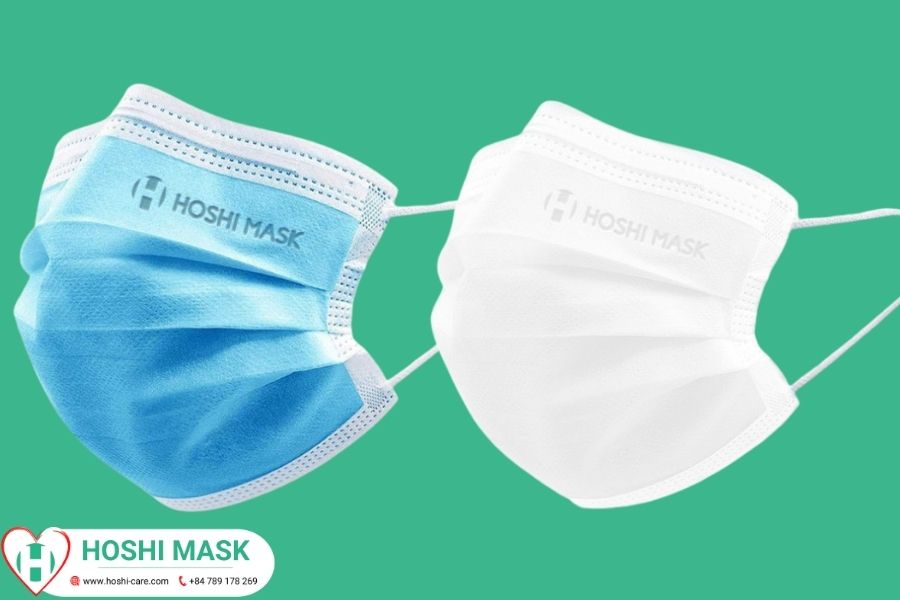
If you are looking to buy medical masks, We have several options available. Click here to see our full range of Hoshi masks.
Learn more:

